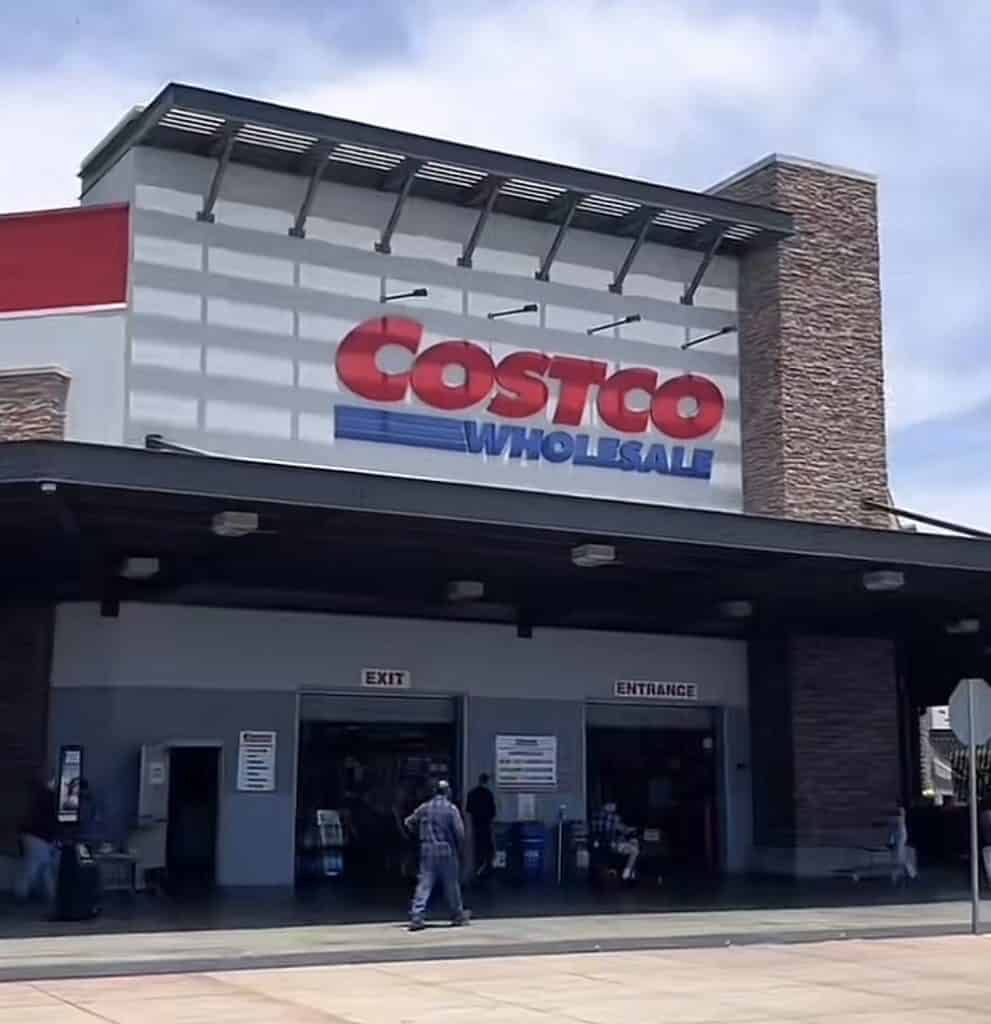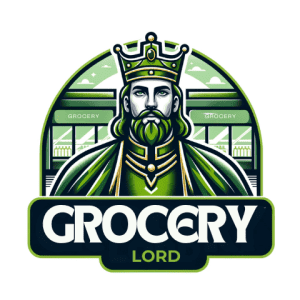Returning items is an inevitable part of shopping. Whether an item is the wrong size, defective, or not to your tastes, returns are a common occurrence in retail. But have you ever wondered what exactly stores like Costco do with all those returned items?
Costco is one of the largest warehouse store chains globally. They handle millions of returns yearly. Costco’s generous and flexible return policy is beloved by members. But, operating at such a huge scale requires complex systems to manage these returns. Maneuvering these intense return volumes requires robust processes.

What does Costco do with the returned items?
Costco handles returned items based on their condition. New and unused returns get resold in-store at full or discounted prices. Opened items are resold as open-box. Damaged goods are either repaired, if possible, liquidated through salvage channels, or recycled. Food returns are donated or composited. Electronics follow specialized handling. Costco aims to cut waste from returns. Costco tries to recoup value from returned merchandise where possible. They achieve this by reselling, donating, recycling, or disposing of returns based on each item’s traits.
Understanding Costco’s Return Policy
Costco’s return policy promises 100% member satisfaction. This is flexible and forgiving retail policy still carries fine print. Understanding key policy details remains helpful despite high generosity.
Basic Overview
In a nutshell, Costco allows members to return most purchases at any time for a full refund. The main points:
- Full refund: You’ll receive the full price paid, minus any shipping/handling fees.
- No time limit: For most items, there’s no set return window.
- Receipt not required: But can speed up the process.
- In-store or online: Initiate returns at warehouses or through their website.
Of course, some exceptions apply which we’ll cover shortly.
Policy Without Receipts
Forgot your receipt? No worries. Costco looks up purchases via membership cards. This verifies details without receipts. But, refunds then depend on current selling prices, not original purchase prices. Receipts yield original price refunds. Lacking receipts means store credit tied to current prices.
Special Considerations
Electronics, appliances, and over 1 carat jewelry may have special requirements. These items sometimes need documentation for returns. They also often have a 90 day return window limit. Other specialty items also restrict returns. Perishable groceries also cannot be returned for safety reasons unless spoiled or defective.
When in doubt, check Costco’s posted return policy for the item category or ask an employee.
The Journey of Returned Items
We covered the basics on Costco’s return policy. Now let’s trace returned items within Costco’s warehouses. Returned merchandise follows varying journeys inside. Exact paths depend on certain influencing factors like:
- Original condition of item
- Whether it’s open-box, damaged, or still new
- If it’s food/perishables or belongs to a special category like electronics
Here is an overview of the common routes:
Unused Returns
For brand-new and unused items in sellable condition, the outcome is usually positive:
- Resold in warehouse at full or discounted price
- Donated to charity if resale unlikely
- Recycled as a last resort if unsellable and undonatable
Open-Box Returns
Lightly used or opened but still functional items also get a second chance, usually at a discount:
- Resold as open-box items in designated warehouse sections
- Refurbished if necessary – common for repaired electronics
- Recycled if unable to renew to sellable condition
Defective/Damaged Returns
Damaged, defective, or broken items undergo a triage process:
- Repaired if workable to regain function
- Sold via liquidation at heavily discounted prices
- Recycled if damaged beyond salvage
Food and Perishable Returns
Due to health and expiration risks:
- Donated to food banks if still fresh and sealed
- Composted if spoiled or opened
Perishables follow strict protocols given their time sensitivity.
Special Category Returns
Electronics, appliances, and furniture have explicit handling rules. These rules involve testing, recycling, hazardous materials, and manufacturer-restricted resale. Other specialized items also have specific processing requirements.
While we can’t cover all the nuances here, this should provide a helpful high-level overview!
Costco’s Return Management
We’ve seen the journey returned merchandise takes behind the scenes. But how do items start that journey? Let’s look at how Costco handles returns from the customer perspective both in-store and online:
In-Store Returns
The traditional in-person return process at Costco warehouses involves:
- Bringing items to the returns counter or member services desk
- Presenting membership card and reason for return
- Staff inspect items, verify purchase, and approve return
- Refund processed to original payment method
Having the receipt speeds up this process but is not required.
Online Returns
For items purchased on Costco website:
- Log into your account and navigate to order history
- Select item to return and choose from available return methods
- Follow provided shipping label or in-store drop off instructions
- Once received and validated, refund issued to original payment
Online returns offer flexibility but have stricter requirements around return condition, windows, etc.
Always be polite to staff. Keep expectations reasonable on returns. Follow all instructions Costco provides.
What Happens To Returned Items
We’ve now covered the return process itself. But the biggest question remains…what does Costco actually do with all those returned items?
Glad you asked! Here’s a deeper look.
How Costco Handles Returns
Once an item is returned to a warehouse or return processing center, the workflow is:
- Item intake and sorting: They thoroughly inspect each return. Then, they categorize items based on condition, function, and product type.
- Determination of next steps: Dedicated evaluators decide outcomes for returns. Items may get resold, liquidated, donated, recycled, or handled otherwise per policy.
- Routing to appropriate process: Destinations depend on prior decisions. Possibilities include salesfloors, refurbishment, docks, vendors, auctions partners, and more.
The Role of Liquidation Auctions
A little known but crucial cog in Costco’s return machine is liquidation auctions.
Many returns get resold or donated by Costco. But, liquidators buy unsold, salvaged, and distressed bulk items. Costco sees minimal hope of selling these via regular store channels.
The liquidators then resell these discounted bulk items at public auctions or through their own channels. This allows Costco to recoup costs on written-off merchandise while minimizing waste.
It’s a win-win allowing the highest and best use for returns wherever possible.
Restrictions and Limitations
We’ve focused mostly on happy paths so far. But even Costco’s flexible return policy has restrictions you should know.
Items Not Accepted for Return
Common exclusions include:
- Alcohol and cigarettes (for legal reasons)
- Most gift cards, event tickets, custom installations
- Opened food or personal care items
- Diamonds/fine jewelry lacking documentation
- Services like membership fees
When noting restrictions, Costco leaves some wiggle room. Phrases like “may not” and “might not” qualify for returns indicate flexibility. Unique cases fall under manager discretion sometimes. However, people should generally not expect returns approved from listed restricted categories.
The Impact of Excessive Returns
While occasional returns are no issue, flagrant exploitation of their generous policy results in:
- Higher costs: Excess volumes lower profits, raising prices
- Policy tightening: Making things harder for other members
- Account limitations: Restrictions for chronic abusers
The reality is that “excessive” means different thresholds to different retailers. But responsible and ethical use of policies creates the longest term value for all.
How Costco Tracks Returns
Naturally, a key question is “how does Costco monitor return activity and catch abuse?”
While they don’t share exact methods for security reasons, based on general retail practice, we know:
- All returns linked to membership account
- Purchase records detail items, dates, prices
- Return frequency patterns analyzed with thresholds set
- Manual reviews for suspected abuse cases
- Proactive policy communication and consumer education
The priority is limiting losses and risks while preserving member trust with transparency.
Common Return Questions
We’ve covered quite a bit of ground in this article. But to wrap up, let’s briefly tackle some frequent questions Costco members have about the return process:
Can you return gifts to Costco?
Yes! Even without a gift receipt. Refunds as store credit unless original receipt available.
Can someone else return an item for me?
Yes. The person can conduct the return transaction on your behalf as long as they provide a valid membership card.
Can I get cash back if I purchased with a credit card?
If you have the original receipt, yes – it allows Costco to confirm details and the refund method.
What if my membership expired?
Unfortunately returns do need an active membership. You’d need to renew first.
For any other questions, it never hurts to ask a Costco employee for guidance based on your specific situation!
Conclusion
I hope clearly explaining Costco’s return and liquidation processes provides deeper understanding. And that this insight creates member appreciation for key operations. Next time you shop at Costco, remember complex orchestration behind the scenes. This coordination enables exceptional value and waste reduction for customers.
